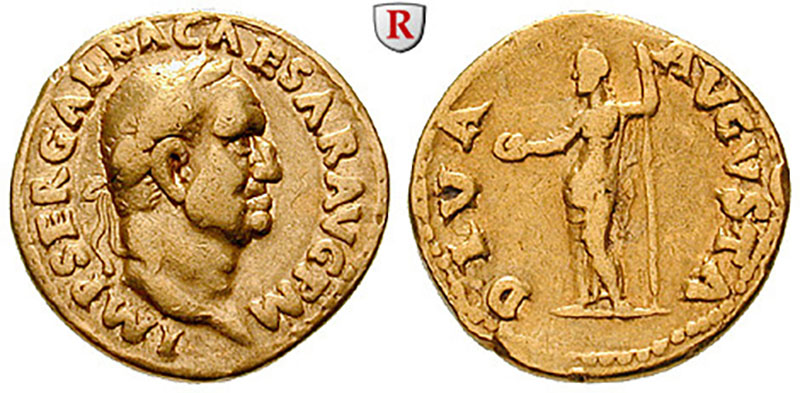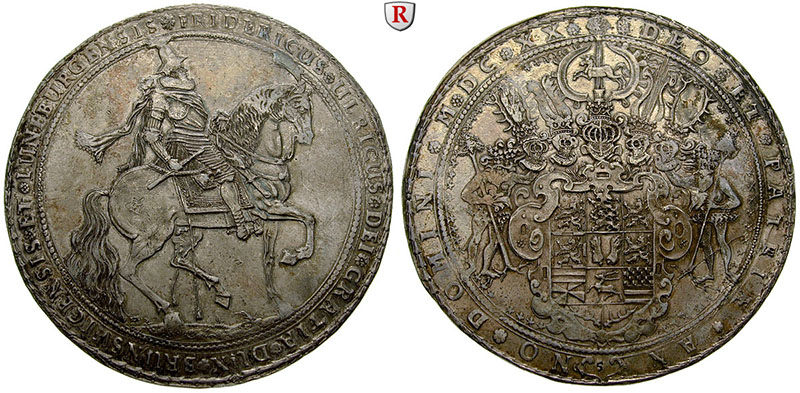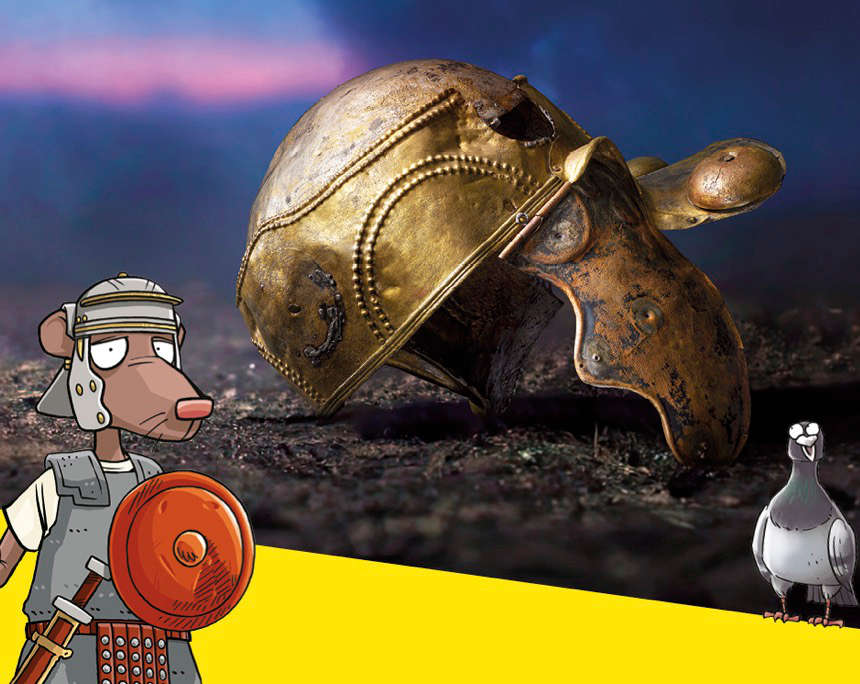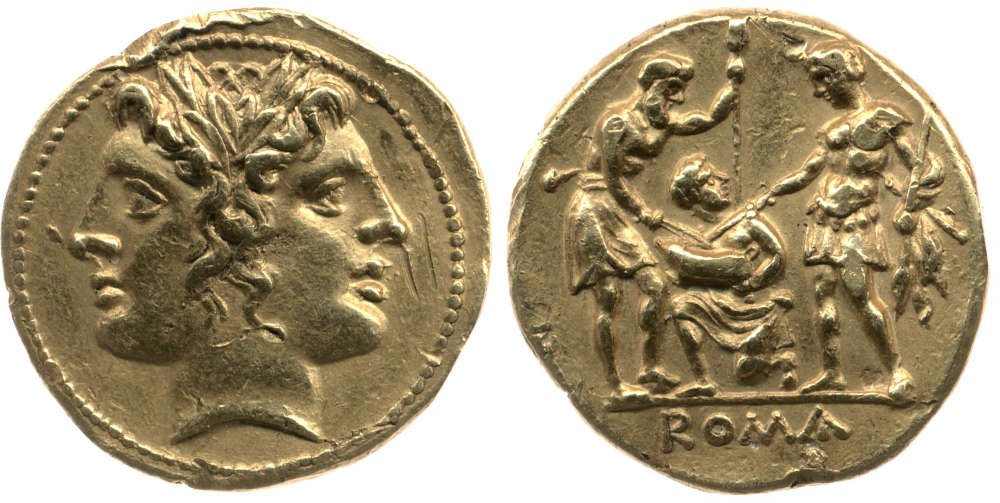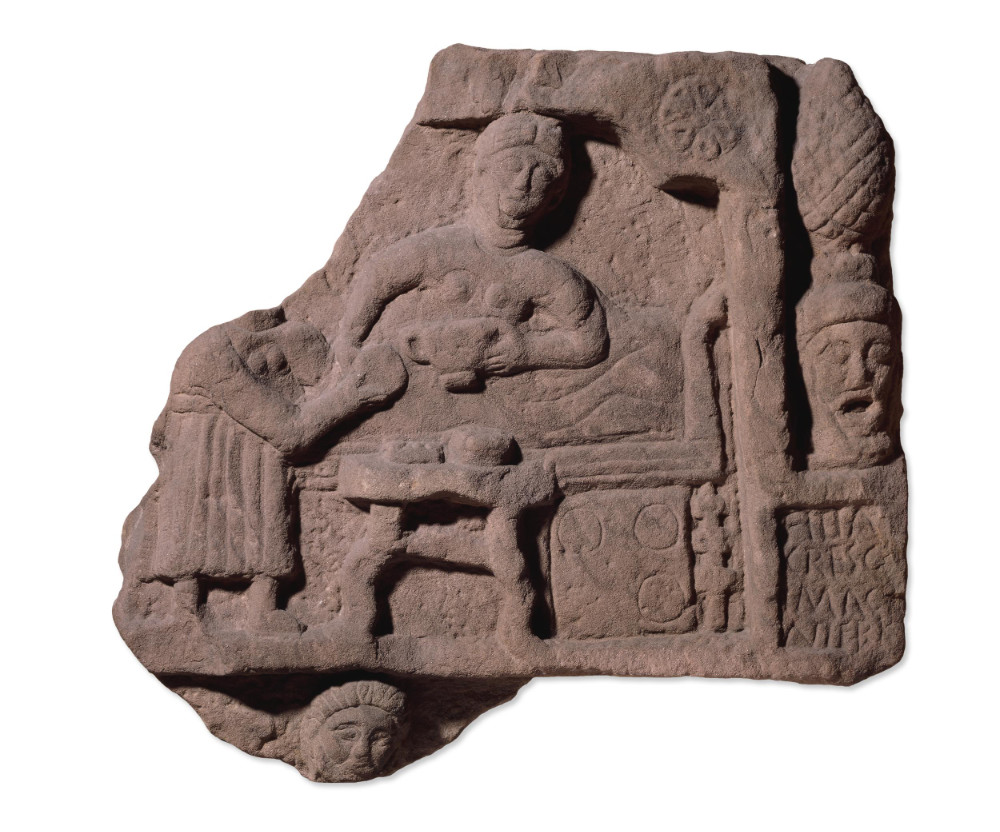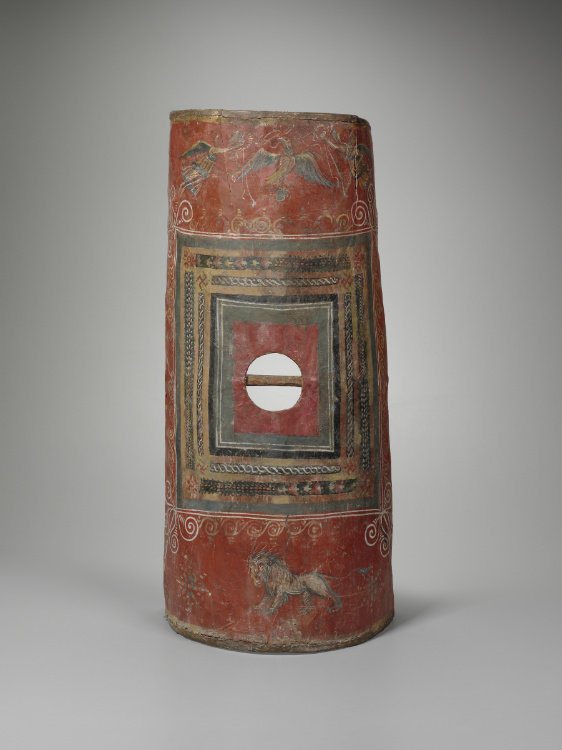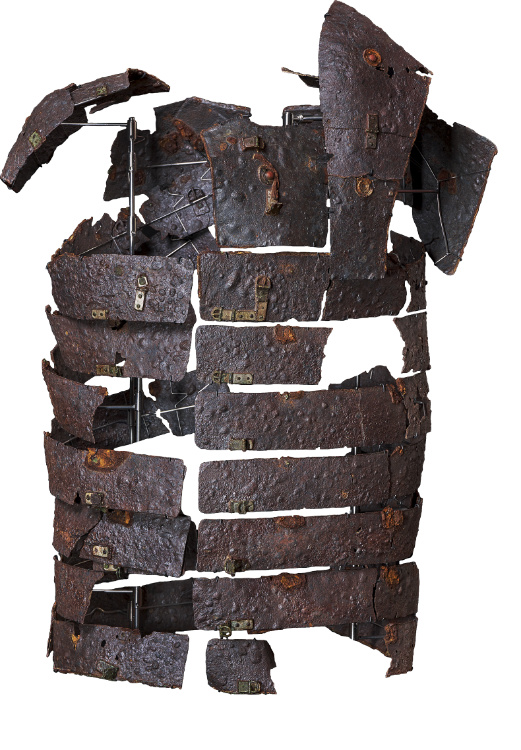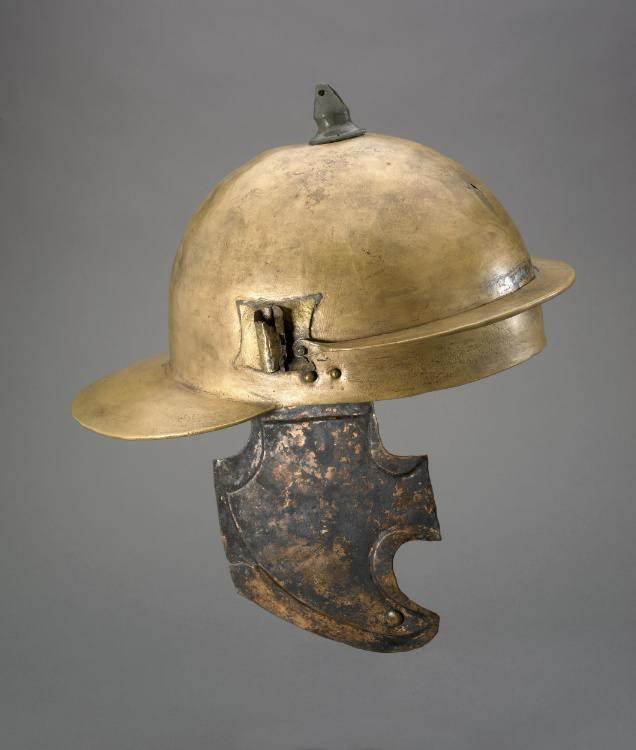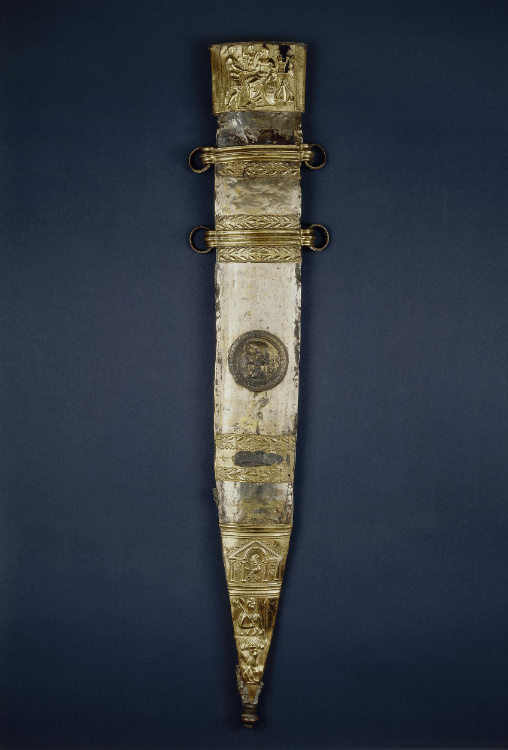Life in the Roman Army: An Exhibition of the British Museum
A major new exhibition at the British Museum will look at what it was like to be in one of the most elite fighting forces of all time. Legion: life in the Roman army explores the reality of daily life for the men, women and children who were part of the machine which allowed Rome to master its vast empire.
Content
There Is a Story Behind Every Soldier
Protecting a superpower for over half a millennium, the imperial Roman army acted as a military, naval and police force to around a quarter of the Earth’s population. However, life for the majority of those serving was surprisingly domestic, with many living in settled military communities stretching from Scotland to the Red Sea.
Legion will share the stories of real legionaries and will challenge some of the perceptions about what it meant to be a Roman soldier by showing the army was as much an engine of social change as a formidable war machine. Recruits came from all walks of life and joined to advance themselves, acquire Roman citizenship, and support their families – despite a general ban on marriage.
Visitors will hear from a recruit from Egypt called Terentianus who related his experiences through surviving letters, as well as hearing about a Roman soldier on a humanitarian mission caught up in the eruption of Vesuvius in AD 79, and – a century later – a pair seemingly murdered in Canterbury in the course of policework.
This blockbuster exhibition is made up of over 200 objects including loans from 28 lenders, from national and international institutions, and is supported by material from the collection. It features iconic Roman military objects alongside contemporary evidence of the real lives of men, women, and children – citizens and non-citizens, free or enslaved – in forts and frontiers across the empire.
A Parade of Impressive Displays
Many of the items will be on display in the UK for the first time ever, including the world’s only intact legionary shield – on its maiden transatlantic loan from Yale – and the oldest and most complete classic Roman segmental body armor, recently unearthed from the battlefield at Kalkriese (Germany) in 2018.
One standout exhibit includes the remains of a soldier found at Herculaneum, who will be reunited with his belt and equipment for the first time outside of Italy. He is believed to be one of the marines commanded by Pliny the Elder caught up in the eruption of Vesuvius while attempting to help citizens flee. The neighboring site of Pompeii will also contribute military gear – including a trumpet, sword and standard – in remarkable states of preservation.
In addition, stunning objects will help to illustrate the magnificence of the Roman cavalry, including a rare public display of the Crosby Garrett mask helmet found in Cumbria in 2010, and a unique and fearsome dragon standard found in Germany, making its first visit to the UK from its usual lair in the castle of Koblenz.
Closer to home, remarkable material discovered at Newstead, Scotland and on loan from National Museums Scotland will be brought together to show how Roman military developments combined legionary body armor with arm protection more familiar on images of gladiators.
Richard Abdy, Curator of Roman and Iron Age coins comments: “This is a really exciting opportunity to present an epic subject on a human scale. Sword and sandals, helmet and shield are all on parade here as would be expected, but told through often ordinary individuals, unfamiliar stories can also help us to understand the deceptively familiar figure of the Roman legionary. Every soldier has a story: it’s incredible that these tales are nearly 2000 years old.”
Sir Mark Jones, Interim Director of the British Museum, said: “The story of the Roman army is more than just pitched battles and war. Legion: life in the Roman army is a chance to show different perspectives and showcase the lives of the men, women, and children who formed one of the most famous armed forces in the world.”
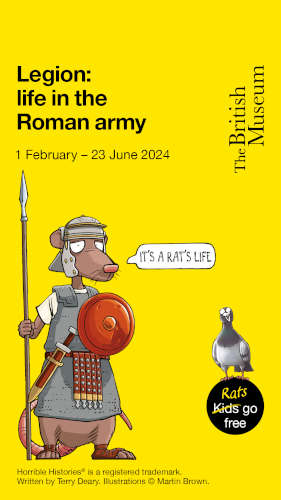
Horrible Histories® is a registered trademark. Written by Terry Deary. Illustrations © Martin Brown.
The Partnership With Horrible Histories
For the first time the British Museum is partnering with Horrible Histories, author Terry Deary and illustrator Martin Brown’s bestselling book series, to engage children in its upcoming exhibition.
Through a specially designed Horrible Histories themed trail of the exhibition, alongside a variety of family interactive stations en route, children of all ages will be guided through the show, led by Horrible Histories’ beloved character, Rattus.
Rattus, who will be playfully renamed Claudius Terrattus, will take younger visitors on his journey of becoming a soldier in the Roman army and the trials and tribulations faced by those serving 2,000 years ago. Through the course of the special exhibition trail, Rattus explains his ambition to become a Roman soldier, the dangers and difficulties he could face and the riches and rewards he could receive. Carefully chosen family-friendly exhibition objects will be highlighted along the way, accompanied by commentary from Rattus himself.
Rattus’ story mirrors the overarching themes of the exhibition itself, with a focus on the personal experiences of individuals, appreciating that despite the risks, the Roman army offered an exceptional way for people from different backgrounds and from different parts of the empire to advance themselves.
The partnership aims to inspire younger visitors and instill a curiosity of what life was really like for people during Imperial Rome, all through the lens of a much-loved children’s brand now celebrating its 30th anniversary.
Plan Your Visit
Legion: life in the Roman army will run from the 1 February – 23 June 2024 in the Sainsbury Exhibitions Gallery at the British Museum. It is open daily from 10.00–17.00 (Fridays 20.30).










